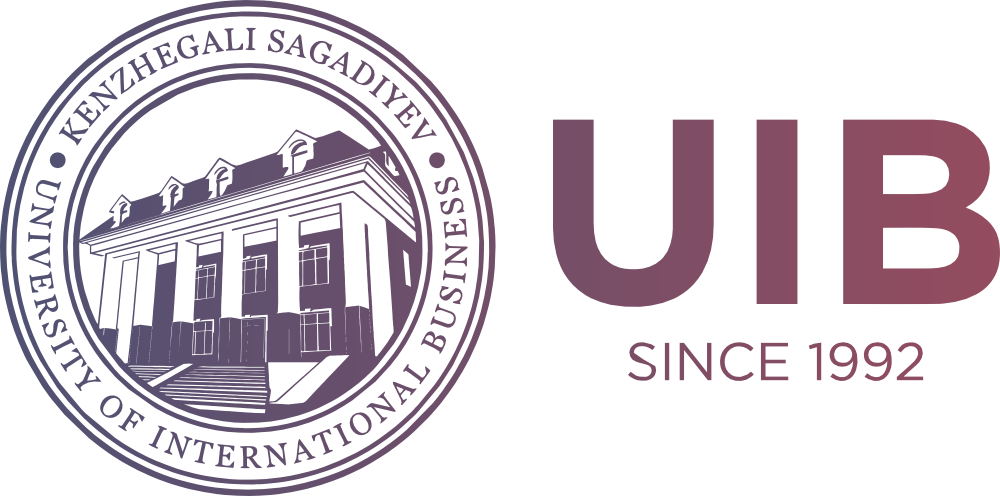Analysis of the Level of Agricultural Development in Kazakhstan: Identifying Agro-Hubs
DOI:
https://doi.org/10.47703/ejebs.v68i3.425Keywords:
Agro-Hubs, Regional Development, Cluster Development, Economic Sustainability, Spatial Analysis, Agricultural Modernization, Agricultural InfrastructureAbstract
The study examines Kazakhstan's agricultural sector and its potential for developing resilient agro-hubs, focusing on identifying regions that can contribute to the country's long-term agricultural growth. The purpose of this study is to examine essential agricultural indicators, including gross agrarian output, gross crop production, gross livestock production, and agricultural services, in order to identify regions with the potential for agro-hub development. The methodology includes Pearson correlation analysis of data collected from national agricultural reports and regional statistical databases. Data for the study were gathered from national agricultural reports and regional statistical databases, which provide quantitative measures of agricultural output, crop yields, livestock production, and farming services. Results indicate the strongest correlations between Kostanay and North Kazakhstan (0.995 for Gross Agricultural Output and 0.996 for Crop Production, p < 0.001). Additionally, significant alignment in crop production was observed between Almaty and South Kazakhstan (0.969, p = 0.007), whereas weaknesses in agricultural services were noted, particularly in Kyzylorda and Zhambyl, with a negative correlation. The results highlight the northern and southern regions' potential for forming agro-hubs supported by solid production indicators. The study provides strategic recommendations for policymakers to foster regional collaboration, enhance productivity, and promote sustainable agricultural development across Kazakhstan. Future research will focus on improving infrastructure and developing collaborative agricultural initiatives within agro-hubs to strengthen Kazakhstan's agricultural sector resilience.
Downloads
How to Cite
Downloads
Published
Issue
Section
License

This work is licensed under a Creative Commons Attribution 4.0 International License.
Authors retain copyright and grant the journal right of first publication with the work simultaneously licensed under a Creative Commons Attribution (CC-BY) 4.0 License that allows others to share the work with an acknowledgment of the work’s authorship and initial publication in this journal.



